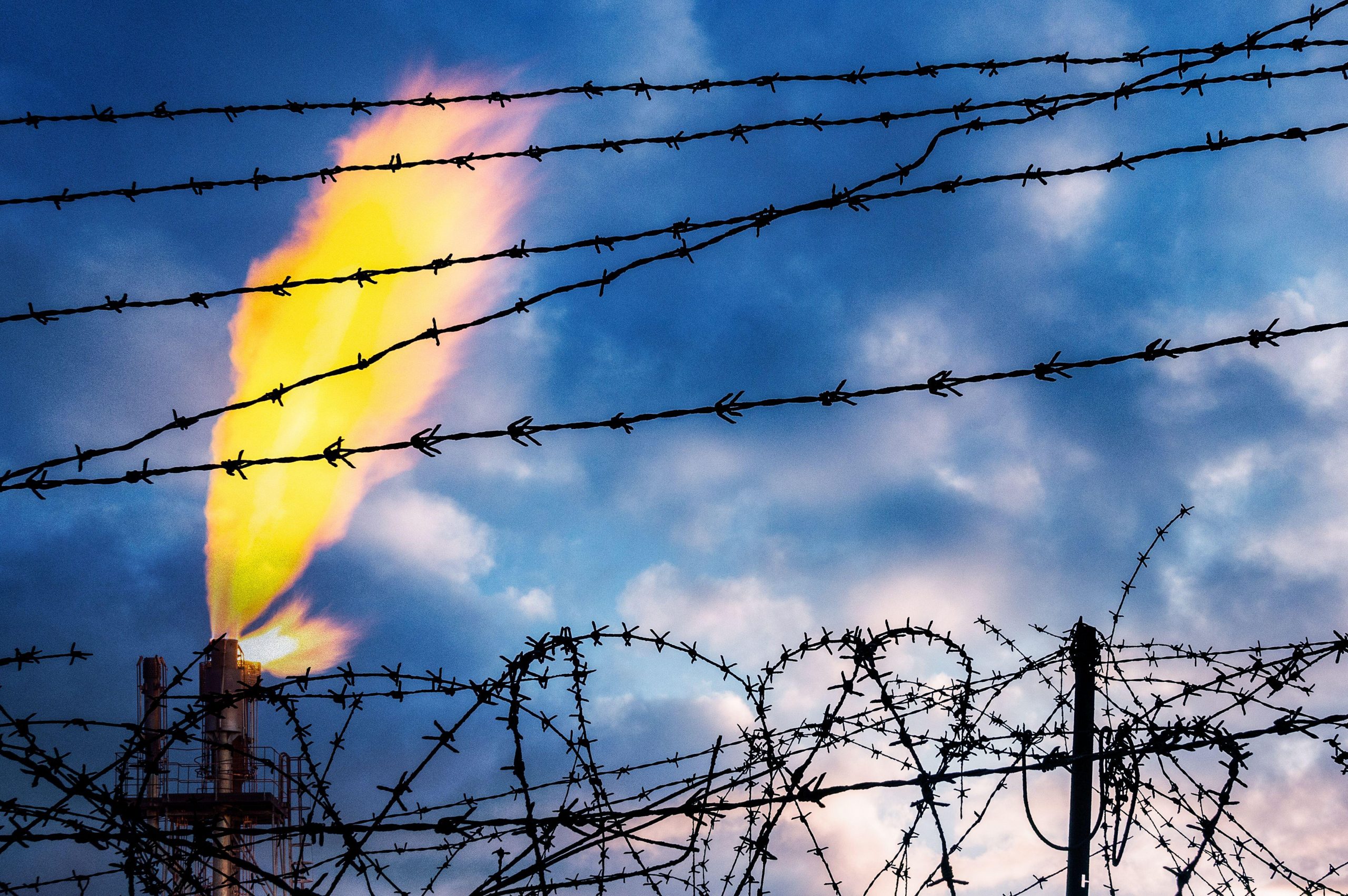We know what’s coming this winter. The €9,024 energy bill for the cafe in Athlone, shared last week on social media, was an early tremor.
Huge energy bills are in the post. In the UK, analysts at Citi Bank have estimated household energy bills will hit £6,800 (€7,900) per year next spring.
One question is how much of the bill the government will cover. The government is trying to balance the objectives of reducing bills, prioritising the worst-off, maintaining market efficiency, without blowing a hole in the budget, and getting started quickly.
If we’re footing the bill either directly or through taxes, the next question is, who’s making money out of this?
The producers
The following chart shows what’s happening. The Stoxx Europe 600 index is a broad index of European companies. The Stoxx Europe Utilities index is comprised of big utilities — the companies consumers buy their electricity, gas, and water from. The Stoxx Europe Oil and Gas index is an index of oil and gas producers — the companies that drill and refine oil and gas, and sell it to utilities. It is indexed to January 1. By January 1, the market was beginning to take seriously the chance of a war in Ukraine — even though tanks didn’t roll over the border until late February.
As you can see, the overall market is down 10 per cent, utilities are flat, and oil and gas producers are up 25 per cent.
You can tell the whole story through energy, without missing much. On aggregate, European businesses are 10 per cent less valuable because their energy costs have gone up. Oil and gas companies have gotten 25 per cent more valuable because their costs haven’t changed but the price they can charge for oil and gas has gone up a lot. Where natural gas previously cost between €10 and €15 per megawatt hour, the price now is around €250.
And utilities’ value is unchanged because they are hedged — they are charging their customers more for energy, while paying the energy suppliers more.
We saw this in action yesterday when Centrica, the giant UK utility, was reported in the FT as seeking billions of pounds of credit from financial firms, to cover its exposure to rising wholesale energy prices.
When households get a huge bill, it’s coming from an energy utility, so it’s understandable to think that those companies are price gouging. But the evidence from public utilities suggests that’s not what’s happening. If they were gouging, they’d be more profitable, and their share prices would be worth more.
The electricity market is complex. But the way it works is that the price of a unit of electricity is set where the demand for electricity meets its supply. This is called the marginal unit.
But the way the market works, the marginal unit of electricity is almost always generated by gas power plants. That’s because gas power stations can be easily turned on and off as needs be. Other power stations are either intermittent (wind) or difficult to crank up (oil).
Even though 43 per cent of our electricity came from sources other than gas in 2020, gas is what sets the price.
What this means is other energy sources receive the price set by gas, even though they would have been willing to supply energy at a lower price. Wind and other renewables supplied 29.5 per cent of electricity in 2020. Greencoat Renewables is an example — its share price is up 8.4 per cent this year.
(Incidentally — this makes gas incredibly important from a carbon reduction standpoint as well. Renewable energy is cheap and getting cheaper, but its achilles heel is the fact that it’s intermittent. We don’t yet have the technology to store energy, from when the wind is blowing to when we need it. Gas energy is a good complement to wind because it can power up when the wind isn’t blowing, and then turn off when it is. The attractive economics of wind energy at the moment are dependent on gas generators acting as a safety net. If we take away natural gas, the economics of wind and renewables get much less attractive, because you end up having to build in lots of redundancy to cover times when the wind isn’t blowing.)
Regulators and competition
Big European utilities’ share prices are flat. So can we safely infer that Irish utilities are giving their customers a fair deal?
The electricity market is unusual for being highly regulated. Utilities are regulated because they are natural monopolies: it doesn’t make sense to build multiple parallel energy transmission networks (big pylons that run alongside the motorway) or energy distribution networks (electricity poles that run down every laneway in Ireland). Since it doesn’t make sense to build parallel networks, the market gets controlled by one company. In the absence of competition, the level of profits and investment need to be controlled by a government regulator — the Commission for Regulation of Utilities (CRU).
The CRU regulates the distribution and transmission networks. What it doesn’t regulate is the electricity providers — the likes of Electric Ireland, Bord Gáis Energy or SSE. The providers escape regulation because being a provider is not like being a transmission network. There are low barriers to entry in that business. It results in a pretty competitive market. In 2020, there were four providers with greater than 10 per cent market share: Electric Ireland, Bord Gáis Energy, SSE Airtricity and Energia.
It’s been decided that, like any other competitive market, there’s no need for a regulator to ensure electricity consumers get a fair deal. If wholesale electricity prices go up, it’s assumed competition will stop providers from gouging customers.
Investors seeking to make money from this would want to be looking very far upstream in the energy production process. And they'd want to have gotten their bets in very early.


